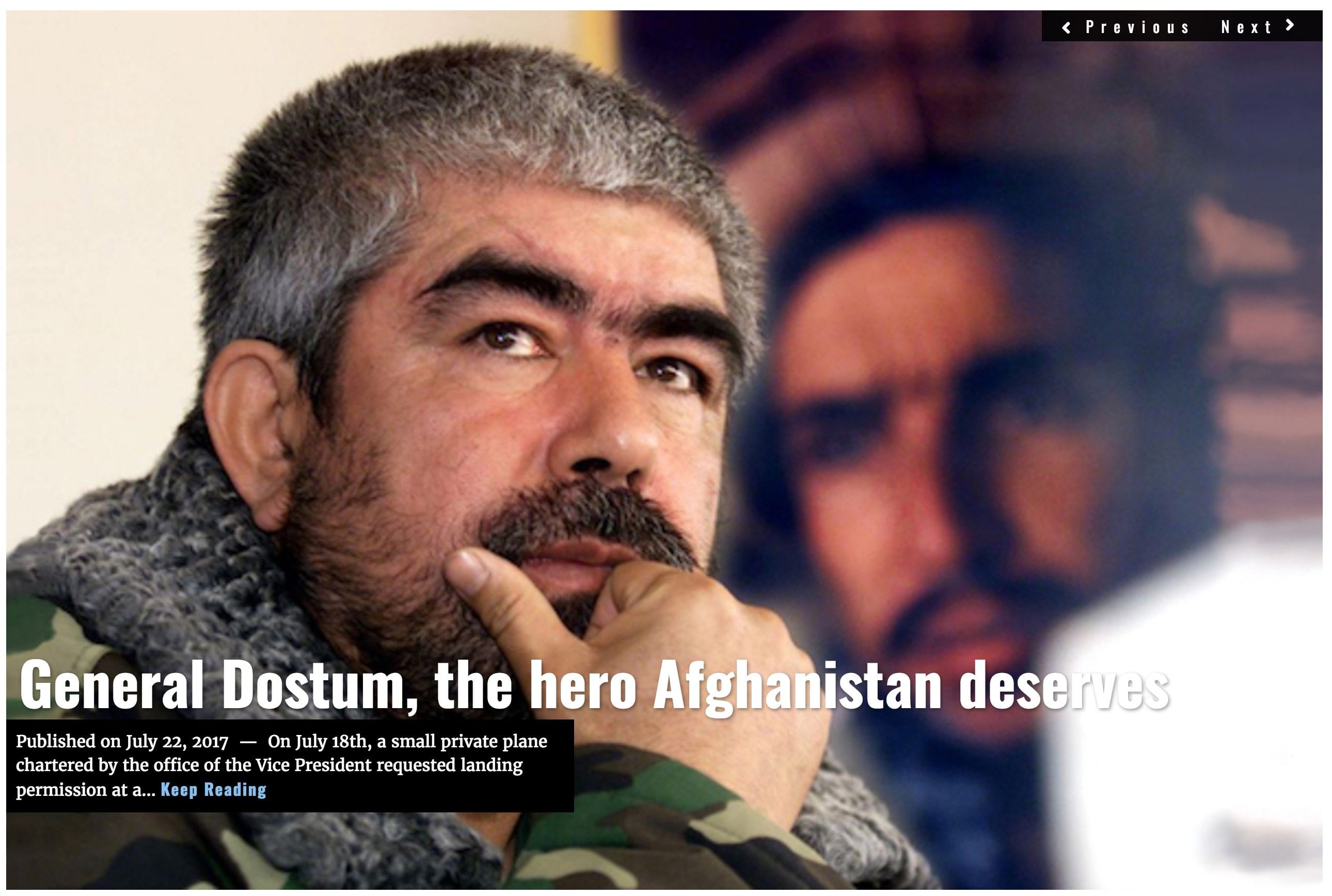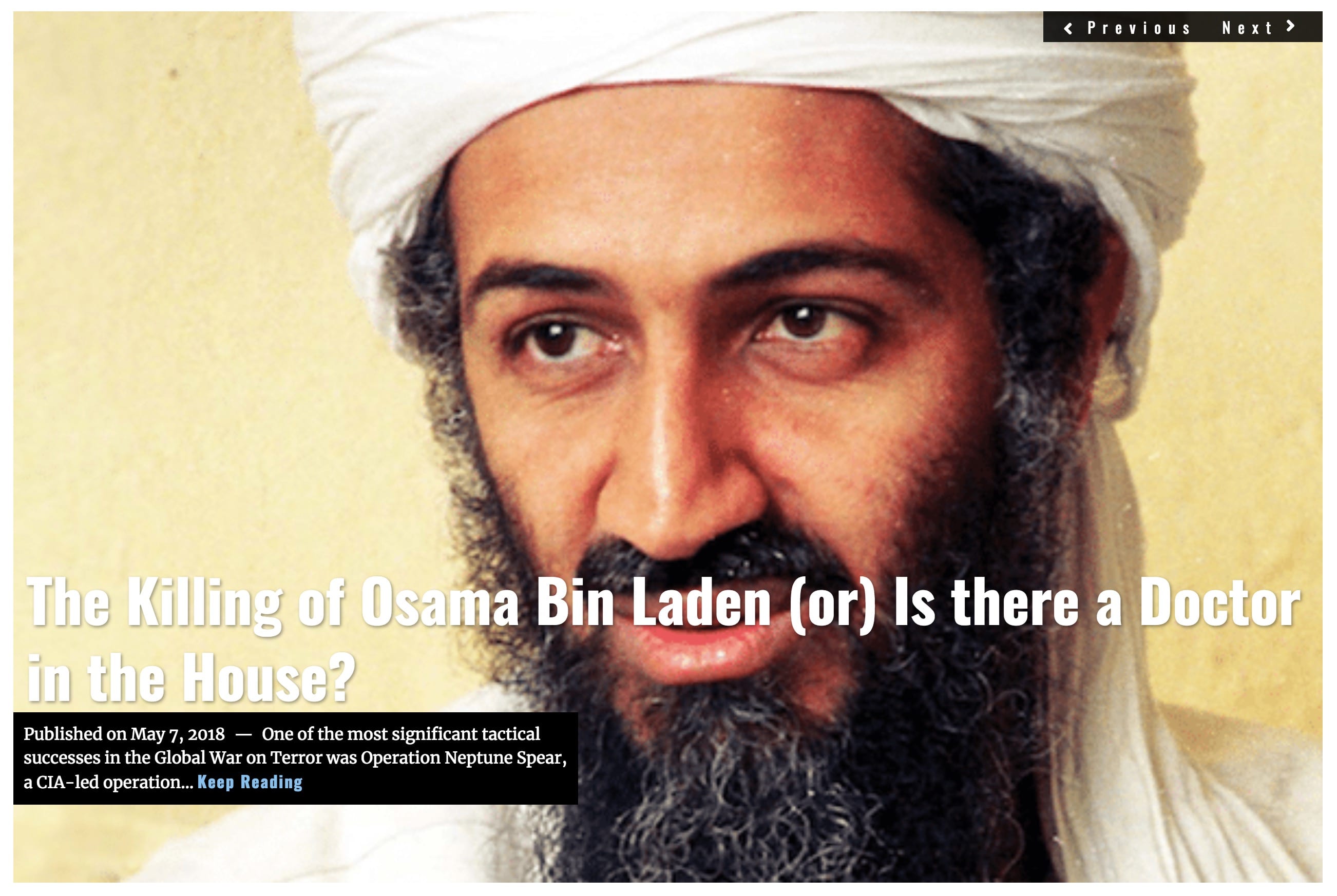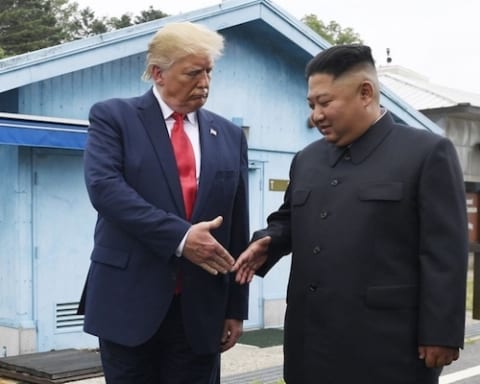As the Taliban spring offensive begins, a large scale, multi-prong attack left at least 15 dead as the country prepares for its third democratic parliamentary election.
At least 15 were left dead after insurgents carried out a three prong attack Wednesday. Two of the attacks occurred in Afghanistan’s capital, Kabul, with a third in the Badghis Province. The attacks came two days after both the Tala Wa Bafrak in the Baghlan Province and the Bilchiragh district in Faryab Province fell to the Taliban after intense fighting against the central government’s Afghan National Army (ANA).
All of the attacks utilized the familiar pattern of a suicide bomber attack, followed up by the assault of gunmen. What separates these attacks, however, is the seemingly coordinated and simultaneous nature of the assaults.
One of the Kabul attacks was close to the offices of the Asian Development Bank, in the downtown Shar-e Naw neighbourhood, and the other in the western part of the city at the 10th district police station on Haji Yaqoob street. According to Wahidullah Majroh, spokesman for the Afghan Public Health Ministry, the Kabul attacks resulted in the death of at least seven people and wounded a further 17.
The Italian NGO group Emergency, which runs volunteer emergency response clinics in Afghanistan, reported that it had received six people, one of whom was already dead.

The Taliban have claimed the downtown Shar-e Naw neighbourhood attack.
Zabihullah Mujahid, a Taliban spokesman, stated over WhatsApp that the intended target for the Shar-e Naw attack was one of the branches of the Afghan intelligence agency, located near the bank. The Islamic State of Iraq and the Levant – Khorasan Province, the Afghan chapter of the Islamic State also known as Wilayah Khorasan or ISIL-KP, claimed the attack on the police station through its affiliated news agency, Aamaq.
In the Shar-e Naw attack, the Afghan authorities say that a suicide bomber and four gunmen attempted to enter the compound that housed the bank but were pushed back by the bank security guards. The Asian Development Bank is well known for providing funds to the central Kabul government. After being rebuffed, the insurgents gained access to an adjacent building under construction and continued the attack from there.
Sources on the ground have told Lima Charlie News that at least five people died during the Shar-e Naw attack, including one young man who worked at a nearby bakery, and a guard working at the Etisalat telecommunications company.
The attack on the 10th district police station involved a reported three suicide bombers that lobbed grenades into the compound, which caused a fire. The official report says that the police engaged the attackers, and killed at least one individual. ISIS-KP have claimed that it was able to kill an alleged 2 policemen and injure three others.
The National Directorate for Security (NDS), the premier Afghan intelligence agency, has blamed the Haqqani Network, a guerrilla group linked to the Taliban, for both of the attacks in Kabul. As the Taliban and ISIL-KP are two mostly incompatible groups and have been fighting each other for years, it is seen as unlikely to have been a joint effort. It might be that the police station attack was actually carried out by Taliban-affiliated forces, just later claimed by ISIL-KP, as the Taliban tend to avoid alleging attacks that result in high civilian collaterals, whereas ISIL-KP does not adhere to such lofty standards.
Another alternative is that ISIL-KP did indeed carry out the attack, and then the timing of the attack would indicate that ISIL-KP has infiltrated the Taliban leadership.

The third attack occurred in the Badghis Province, where a police unit was caught in an ambush. According to reports, U.S. forces launched an airstrike to support the police unit, but this resulted in the death of 6 police officers instead.
“According to the Afghan National Army Corps and Afghan National Police Zone commander and a National Directorate of Security chief, the six individuals killed in a strike in Badghis Province are recorded as Local Afghan Police,” said Lt. Col. Martin L. O’Donnell, a spokesman for American forces in Afghanistan. “However, their location, dress in civilian clothes and actions towards an Afghan National Defense and Security Forces patrol indicate a possible connection with the enemies of Afghanistan. The local government and intelligence delegation is conducting an investigation and will release the results once complete.”
In total, the ambush reportedly resulted in the death of 8 police officers. The Taliban have also claimed this attack.
At least two of the attacks are part of the initial wave of the Taliban spring offensive. The Taliban leadership announced the offensive in late April, vowing to “focus on crushing, killing, and capturing American invaders.” The insurgents labelled the Afghan government and troops as the Americans’ “internal supporters” and said they were a secondary priority.
The Taliban is now seeking to quickly expand its control in the northern parts of Afghanistan, while disrupting the coming October parliamentary election in Kabul, by applying bursts of violence throughout the country. These offensives tend to be annual affairs, as the warmer weather melts snow in mountain passes, allowing for easier logistics. Afghanistan consists of 407 voting districts, 15 of which are currently outright under insurgent groups’ control, mainly the Taliban, with a further 46 districts being influenced by those same groups, this according to the Special Inspector General for Afghanistan Reconstruction (SIGAR), an American government watchdog agency.
Since the U.S. and NATO formally concluded offensive combat operations, shifting towards more support of the central Kabul government’s role in 2014, the Taliban have captured several districts, and further disrupted the relative sense of security throughout the country. The Taliban have mainly focused on projects that represent the American influence on the central Kabul government, such as infrastructure and democracy projects. In recent months, the Taliban have increased the intensity of their attacks against polling stations and individuals involved in the national pro-democratic movement.
If the Taliban, along with other militia groups, continue its quest to gain control over outlying districts and disrupt the democratic process throughout the country, the coming election could become one of Afghanistan’s bloodiest to date.
John Sjoholm, LIMA CHARLIE NEWS
John Sjoholm is Lima Charlie’s Middle East Bureau Chief, Managing Editor, and founder of the consulting firm Erudite Group. A seasoned expert on Middle East and North Africa matters, he has a background in security contracting and has served as a geopolitical advisor to regional leaders. He was educated in religion and languages in Sana’a, Yemen, and Cairo, Egypt, and has lived in the region since 2005, contributing to numerous Western-supported stabilisation projects. He currently resides in Jordan. Follow John on Twitter @JohnSjoholmLC
Lima Charlie provides global news, insight & analysis by military veterans and service members Worldwide.
For up-to-date news, please follow us on twitter at @LimaCharlieNews
In case you missed it:

![Image Taliban spring offensive begins, as insurgents attack across Afghanistan [Lima Charlie News][Image: Al Jazeera]](https://limacharlienews.com/wp-content/uploads/2018/05/Taliban-spring-offensive-begins-as-insurgents-attack-across-Afghanistan-Lima-Charlie-NewsImage-Al-Jazeera.jpg)



![A Trump war crime pardon dishonors us all [Lima Charlie News]](https://limacharlienews.com/wp-content/uploads/2019/05/A-Trump-war-crime-pardon-dishonors-us-all-Lima-Charlie-News-480x384.png)
![Image Imagine a Global Space Community ... The Space Foundation Can [Lima Charlie News][Graphic by Anthony A. LoPresti]](https://limacharlienews.com/wp-content/uploads/2019/03/Space-Foundation-Space-Symposium-Lima-Charlie-News-480x384.png)

![Blossoming Russo-Turkish alliance leaves U.S., NATO behind [Lima Charlie News]](https://limacharlienews.com/wp-content/uploads/2019/07/Russia-Turkey-alliance-leaves-U.S.-NATO-behind-480x384.png)



![A Trump war crime pardon dishonors us all [Lima Charlie News]](https://limacharlienews.com/wp-content/uploads/2019/05/A-Trump-war-crime-pardon-dishonors-us-all-Lima-Charlie-News-150x100.png)